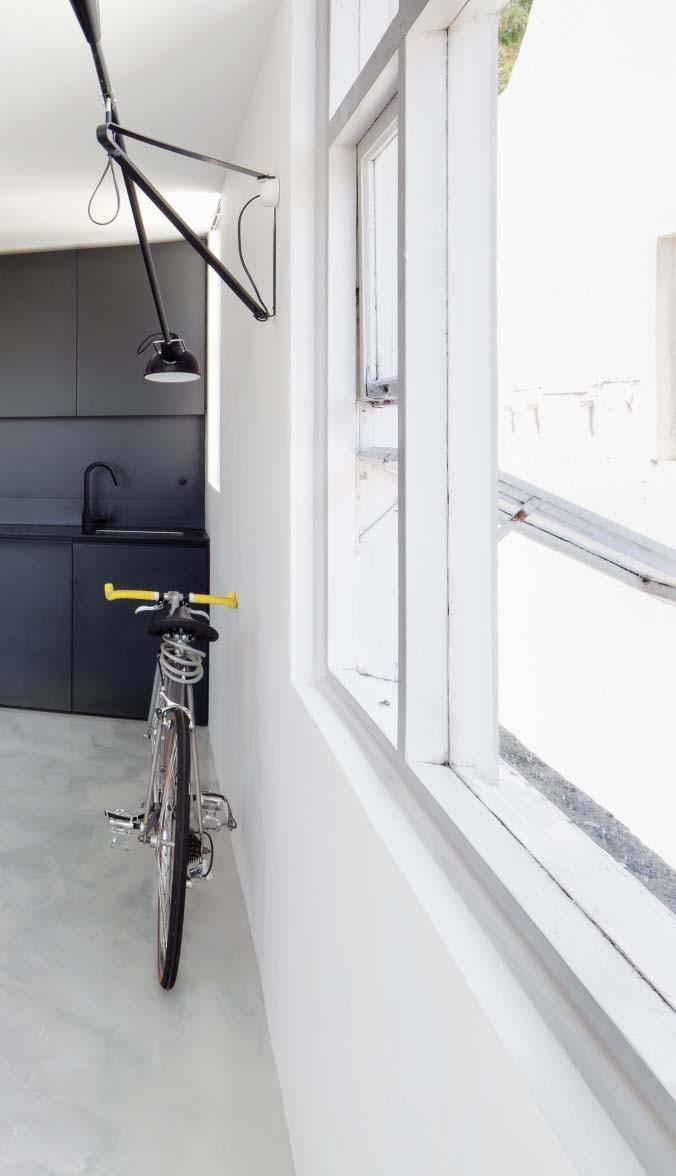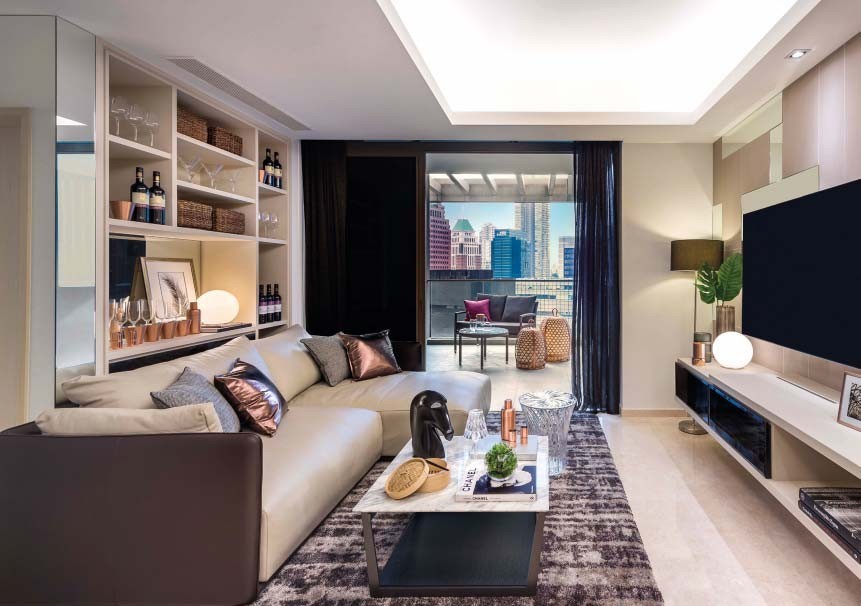As living spaces in urbanised areas become ever more restricted, homeowners are looking for clever ways to make a small home feel a little larger.




START WITH THE FLOOR PLAN

ADD AND SUBTRACT

“MURPHY BEDS AND FOLDING OR EXTENSION TABLES ARE READILY AVAILABLE AND ARE A HIGHLY EFFECTIVE SOLUTION – ADD THEM TO THE ROOM WHEN YOU NEED THEM AND SUBTRACT THEM WHEN YOU DON’T!”

COLOUR IT BEAUTIFUL

“IF WHAT YOU LOVE IS BIG, BRIGHT AND BOLD, THEN DON’T BE AFRAID TO SHOW IT – NO MATTER HOW SMALL THE ROOMS MAY BE.”


REVEAL AND CONCEAL

“WE CREATED A KITCHEN ISLAND THAT IS A STOVE, DINING TABLE AND TV CONSOLE ALL AT THE SAME TIME.”

UNIFY YOUR COLOUR PALETTE

LIGHTEN THE ‘LOAD’

“ADD LASHINGS OF REFLECTIVE MATERIALS SUCH AS GLASS AND ACRYLIC TO LIGHTEN THE MOOD.”

CUSTOMISE, CUSTOMISE, CUSTOMISE

REFLECT NATURAL LIGHT

“VERSATILE PIECES OF FURNITURE SUCH AS CERAMIC STOOLS OR UPHOLSTERED OTTOMANS CAN BE USED AS ADDITIONAL SEATING OR SERVERS WHEN ENTERTAINING.”

REMOVE UNNECESSARY DOORS

THINK OUTSIDE THE BOX
text POLLY SWEET























